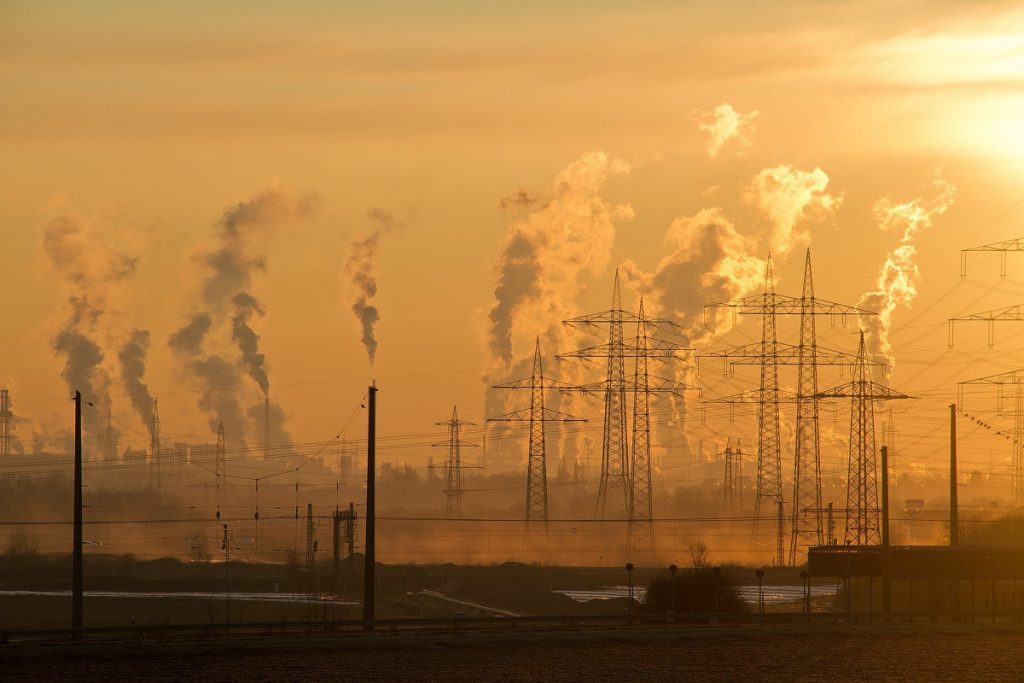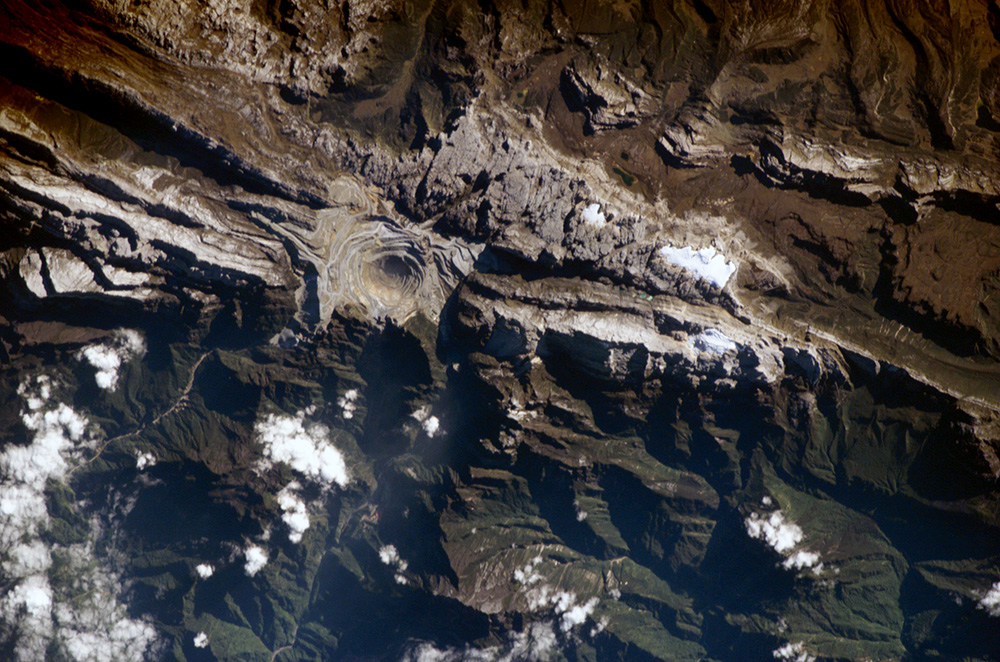EPA proposal would make air pollution curbs tougher to justify

The Trump administration is seeking to overhaul the way it calculates the costs and benefits of environmental regulation, with proposed restrictions that could make it harder to justify air pollution curbs.
Under a proposal announced Thursday, the Environmental Protection Agency would subject all significant Clean Air Act rules to a cost-benefit analysis — even as it limits what potential benefits get fully considered.
Under the proposed approach, the EPA would make decisions about regulation based on a narrow look at the potential costs and benefits, focusing squarely on the specific pollutants targeted by rules and not any auxiliary environmental benefits that also spring forth from them.
The approach marks a big shift for the EPA, which has long taken a more expansive view of how rules controlling hazardous air pollution would benefit society
EPA Administrator Andrew Wheeler said the proposal would prevent the agency from inflating the benefits of proposed clean air rules by relying on those so-called co-benefits.
“We’re putting into place more consistent rules to balance the benefits of a reduction of a pollutant with the cost of limiting the creation of the same pollutant,,” Wheeler told reporters in a conference call Thursday. “It certainly makes sense to look at co-benefits,” Wheeler said, but “we will not be using them to justify” regulations.
The approach marks a big shift for the EPA, which has long taken a more expansive view of how rules controlling hazardous air pollution would benefit society. For instance, under the Obama administration, the EPA justified a rule requiring power plants to control mercury emissions by relying heavily on the estimated health benefits tied to reducing airborne particle pollution that worsens asthma and leads to premature deaths.
The EPA proposal would require a clear reporting of the overall results of the cost-benefit analysis with the underlying data available to the public. And when new air pollution rules are promulgated, the agency is proposing to require a separate accounting of public health and welfare benefits specifically tied to the portion of the Clean Air Act being used to advance the measure.
The proposal was cheered by mining companies, chemical manufacturers and oil companies that have chafed at the Obama-era approach.
“These reforms help to avoid federal rules that could otherwise hurt American workers, businesses and our economy,” said Anne Bradbury, head of the American Exploration and Production Council.
Rich Nolan, head of the National Mining Association, said the proposed rule will keep the EPA from overstating the “the benefits of certain rules solely to achieve political rather than environmental ends.”
Critics said the Trump administration’s EPA has already failed to abide by the same standards it is proposing. For instance, it rebuffed White House requests to update its estimate of the costs and benefits of mercury pollution controls at power plants before issuing a rule undermining the legal foundation of those mandates.
“The irony is that EPA has been anything but consistent or transparent on cost-benefit analysis under the Trump administration,” said Amit Narang, a a regulatory policy expert with the watchdog group Public Citizen. “This rule is designed to prevent EPA regulations in the future that protect the environment and fight climate change by rigging the cost-benefit analysis so costs to industry polluters count more than the benefits of reducing air pollution and stopping climate change.”
Public health advocates also fault the Trump administration for advancing the plans as a respiratory virus spreads around the globe, amid initial research indicating that air pollution may heighten the risk of complications from Covid-19 and earlier coronaviruses. They argue federal regulators have a responsibility to look at all the consequences of regulation, since a wide view of costs and benefits can more accurately help them assess whether a rule would do more harm than good.
The EPA has long relied on calculations of expected reductions in particulate matter, which includes soot, as an easier-to-measure proxy for measuring reductions in hazardous air pollutants such as benzene and arsenic, said Temple University law professor Amy Sinden.
Wheeler said Thursday that the agency would continue using particulate matter as a proxy for hard-to-measure metals, but it would be up front about doing so.
(By Jennifer A. Dlouhy and Amena Saiyid, with assistance from Ari Natter)
More News
{{ commodity.name }}
{{ post.title }}
{{ post.date }}



Comments